|
-- Katherine Mertes, PhD Candidate Guest blog post from the Jetz Lab at Yale 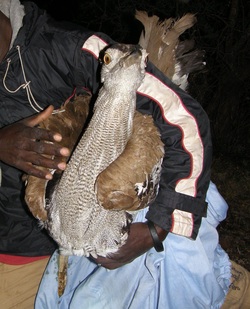 Understanding how animals respond to different environmental conditions is an important step in learning why a species occurs where it does. Preference for certain conditions, and aversion toward others, can explain a species’ global range – and, on a more local scale, why a species might be found only in a few specific places within its range. In order to explore such environmental preferences and distribution dynamics for East African birds, we are attaching GPS tags to multiple species. Most recently, we captured and tagged a kori bustard, one of the largest flying birds in Africa. Capturing a kori begins with conducting surveys across Mpala to identify areas where the species can consistently be found – and where Safaricom signal is strong enough to support the GSM capabilities of the sophisticated tags obtained through collaborators at the University of Konstanz, Germany. After establishing suitable areas, the capture process works like this: spot a kori during the relatively cooler morning and evening periods, as the species is particularly sensitive to heat stress. Determine the direction the kori is headed, then rush of it ahead to hang a monofilament net 3 meters tall and 50 meters long from natural vegetation, oriented perpendicular to the sun (to reduce visibility), while keeping one pair of eyes on the bird to detect any sudden changes in direction. Once the net is securely – and, hopefully, invisibly – strung from acacias, circle back and use the vehicle to carefully, steadily, slowly herd the bird into the net. If all goes smoothly, the kori unwittingly walks into the net, becoming entangled just long enough for us to emerge from the vehicle, secure the bird in a loose yet firm grip, and place a dark hood over its head to induce calm during handling. In mid-October all did go smoothly for our field team, and we successfully attached a GSM/GPS tag to an adult male kori bustard. Over the next year, precise GPS locations collected every 5-20 minutes will enable us to learn which environmental conditions these birds prefers, and just how far they will travel to track these preferred conditions. When analyzed with movement data from other tagged species at Mpala – such as red-billed and Von der Decken’s hornbills – we hope to be several steps closer to solving fundamental questions of species distribution dynamics.
40 Comments
-- Colin Donihue, PhD Candidate Greece has a long history of goat grazing and stonewall building. As such, it provides an ideal setting for my studies on the effects of human land use on ecological communities. The Aegean Sea, to the south and east of Athens, is dotted with hundreds of islands, each with their own land use history and portfolio of plants and animals; these islands are my laboratory for comparative studies on the effects of wall building on local flora and fauna. In the Cyclades, my “home base” cluster of islands between Crete and mainland Greece, it is rare to see a stonewall without a lizard perched atop. Because most are built without concrete or other sealants, these walls are lizard havens, with mazes of halls and balconies perfect for escaping predators including snakes, cats, and birds of prey, or warming up in the sun. The most common lizard, and the one I’m focusing my research on, is suitably named the Aegean wall lizard, Podarcis erhardii. Given the close association of these lizards and the walls they live in, my research investigates whether lizards are changing their behavior, morphology or physiology to use these man-made structures and whether any changes that are occurring might affect other species, particularly insects and plants, in the ecosystem. This past summer I addressed these questions in two ways, testing for differences in a suite of lizard traits between islands with different ecological settings, and also testing for differences in lizards on the same island with differences in human land use. My preliminary results suggest that lizards on walls differ in behavior, morphology and performance from lizards in settings without walls. Next summer, I am designing a multi-island manipulation experiment that will involve building walls and introducing lizards to eight small islets in order to test whether these lizard trait changes are directly attributable to the stone walls, and whether these changes have cascading effects on the insects and plants of the community, as theory predicts. I spent my summer in Naxos, the largest island in the Cyclades. Naxos’ most famous feature is its ancient temple of Apollo. From Naxos, I took ferries and small fishing boats to 25 nearby islands in the Cyclades ranging in size from a football field to many miles in length; some were inhabited with fishing villages and others are wonderfully remote and human-free. Wherever I went, I was always in search of lizards. Most were too fast for hand-catching, so I used little string nooses on the end of fishing poles, or, even more successfully, small mealworms for bait. I caught, measured, and released several hundred lizards over the course of the summer. On these trips I also saw a variety of other species, including several small sand boas, many “four lined snake,” though this individual is from a unique population that mysteriously lacks lines, and lots of other critters. There is much still to learn about the roles humans play in the ecological dynamics of the Greek islands. I look forward to continue exploring this beautiful, diverse, exciting landscape. |
Archives
November 2019
Categories
All
|
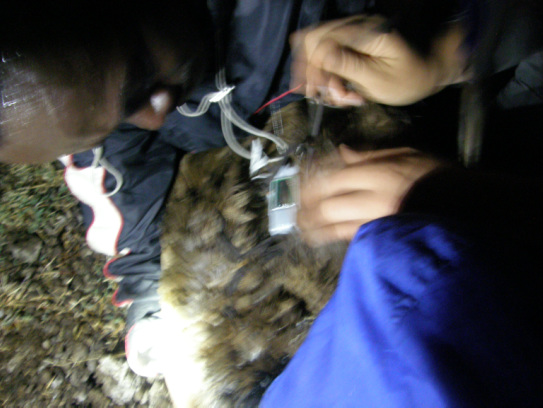
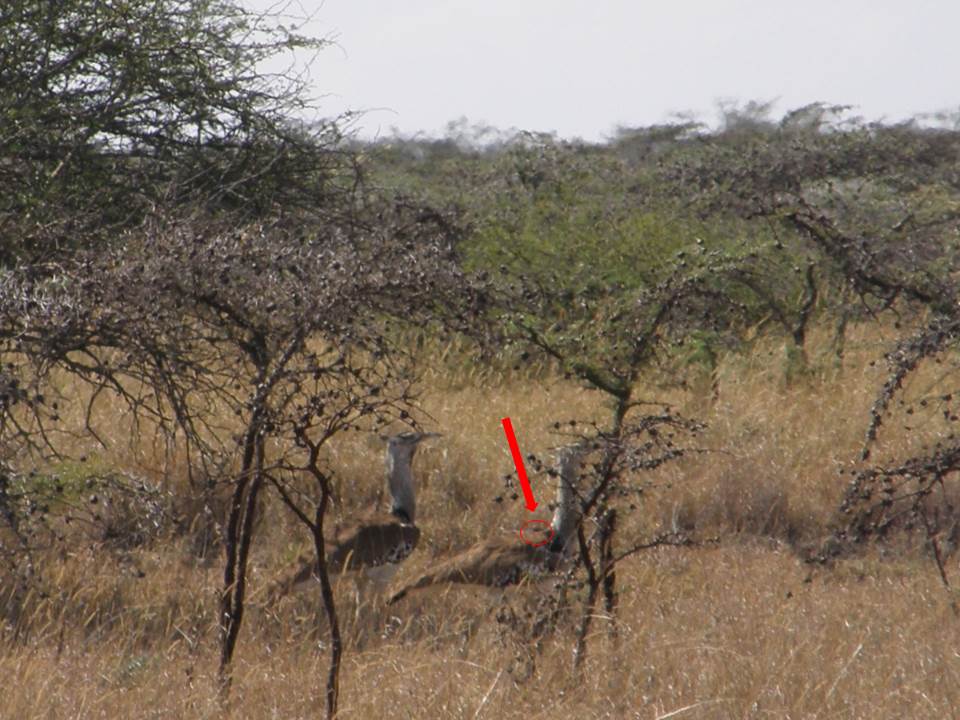
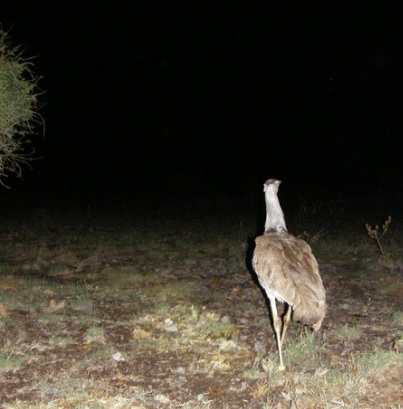
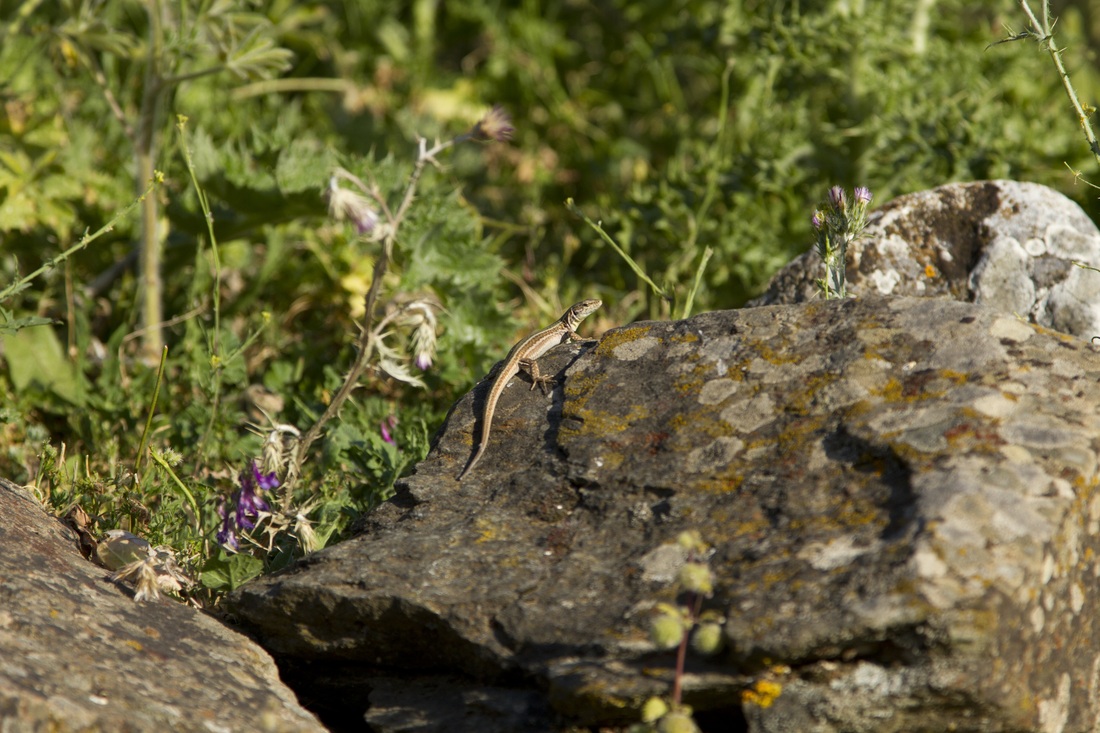

 RSS Feed
RSS Feed
